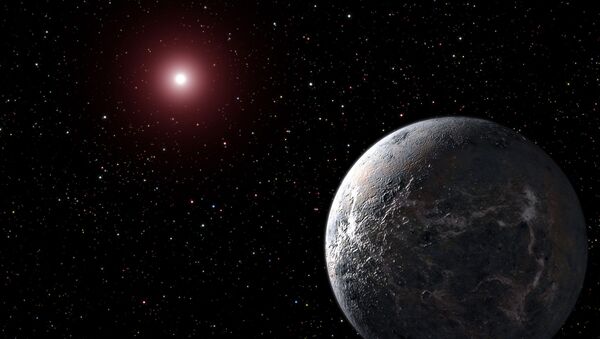Red dwarfs, also known as M stars, are smaller, less intense versions of our sun, and make up to 70% of the stars in the cosmos. They also have two qualities that are usually considered too harsh to nurture habitable exoplanets: extreme tides and violent space weather.
For those exoplanets orbiting closer to red dwarf stars, tidal forces are stronger than on Earth. The stretching and pulling of these forces can energize a planet's core, causing extreme volcanic activity under the surface that boils away an exoplanet's water – along with any chance it has of hosting life.
Excessive stellar activity can have similar effects. The high-energy X-rays and ultraviolet radiation emanating from a young dwarf star can burn off the atmosphere of a close-orbiting exoplanet. Once the atmosphere is gone, it's not long before the water boils away too.
— Villaluz Germinal (@biarine3) January 22, 2015
But now, researchers suspect those same factors can also encourage habitability.
The same stellar forces that prove antagonistic towards the habitability of inner worlds can transform cold outer worlds into more inviting places – turning the Neptunes and Uranuses of the cosmos into Earths, so to speak.
"They are initially freezing cold, inhospitable worlds," Rodrigo Luger, a doctoral student at the University of Washington in Seattle.told UPI. "But planets need not always remain in place. Alongside other processes, tidal forces can induce inward planet migration."
This planet migration can cause Neptune-like worlds to drift into the habitable zone of a red dwarf. As it comes closer to the host star, electromagnetic radiation can help burn away the thick atmosphere that once surrounded its icy core, leaving what scientists call "habitable evaporated cores."
"Such a planet is likely to have abundant surface water, since its core is rich in water ice," Luger told UPI. "Once in the habitable zone, this ice can melt and form oceans."
Luger and his research partner Rory Barnes say there are likely thousands of habitable evaporated cores out there waiting to be discovered.


